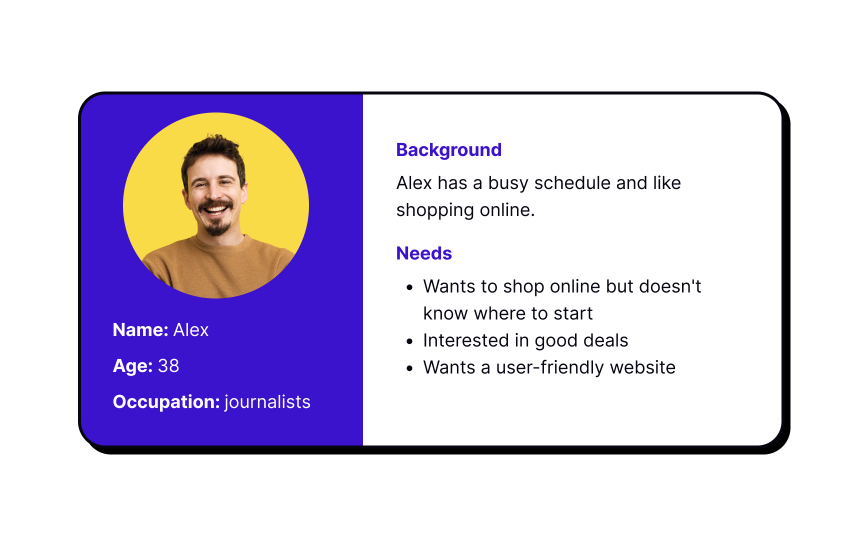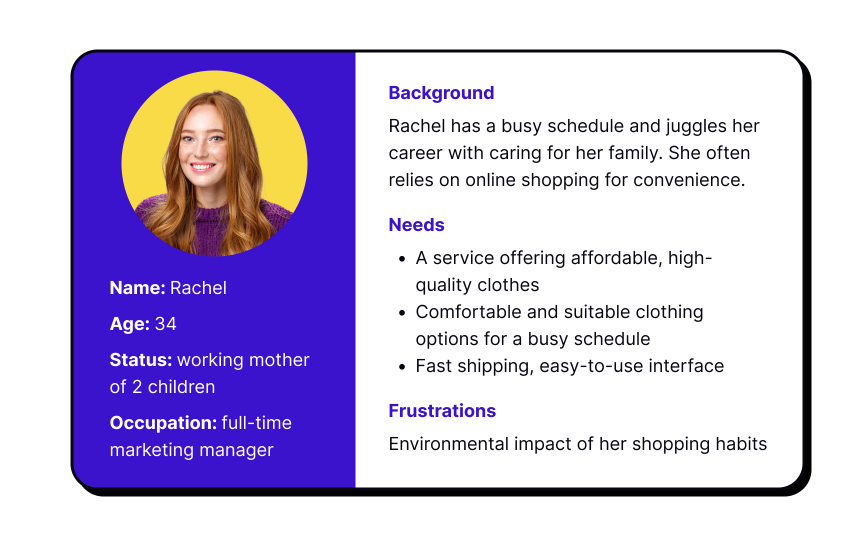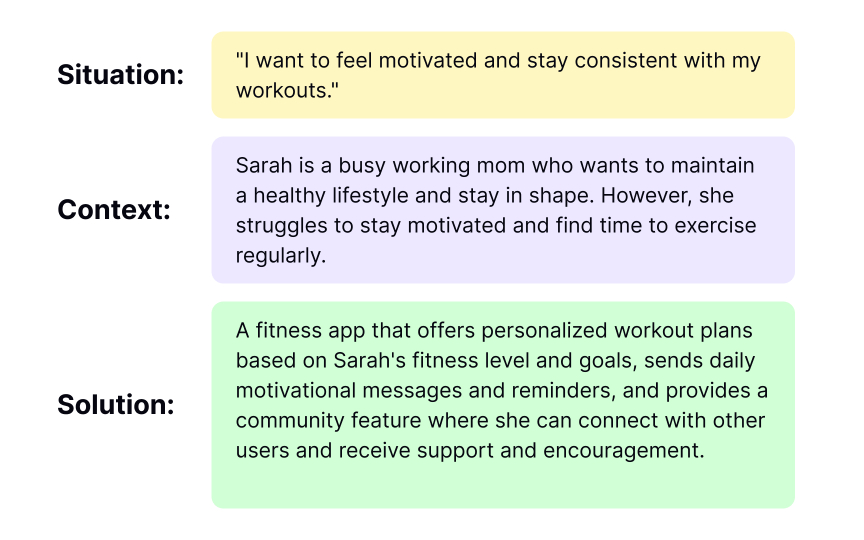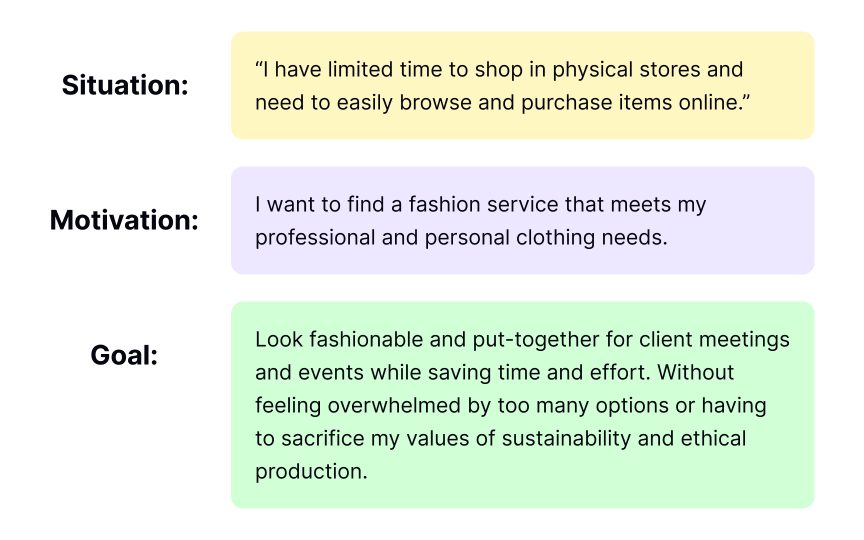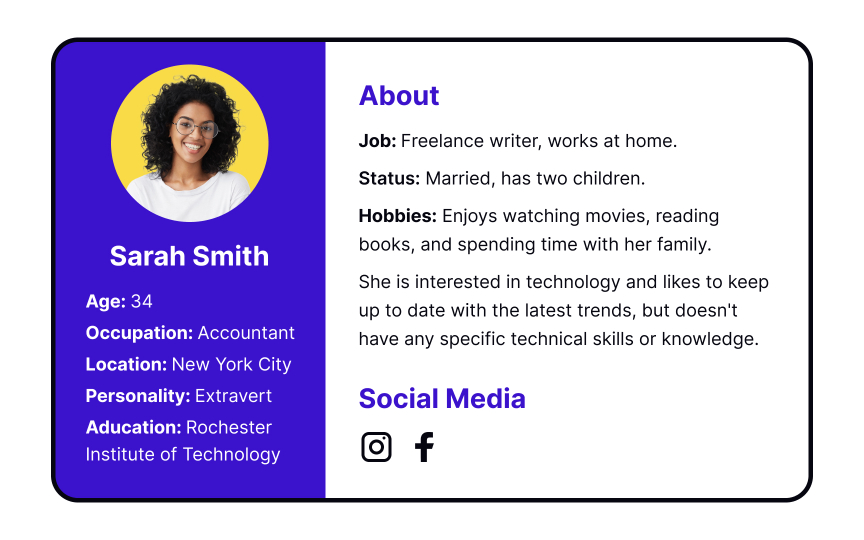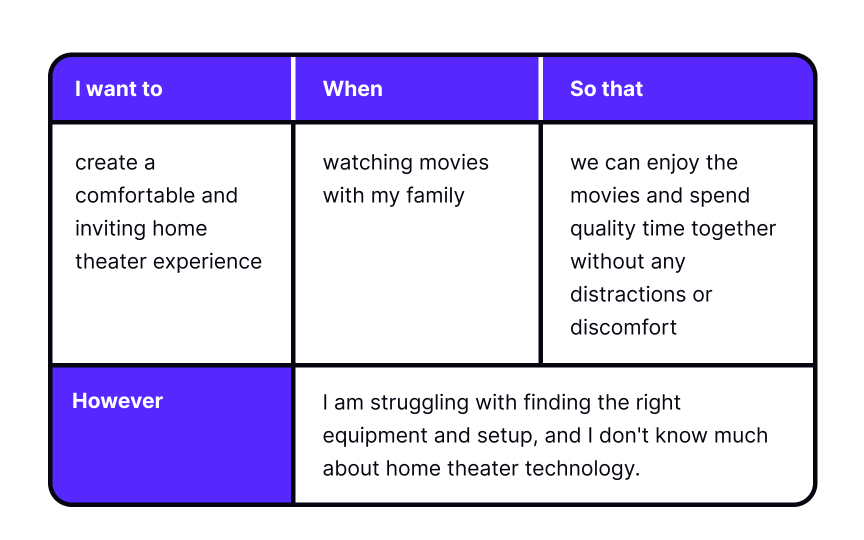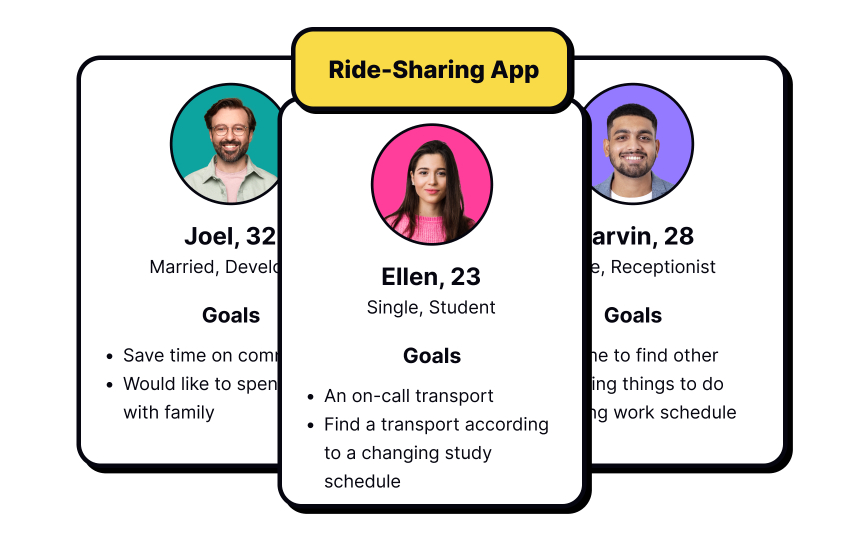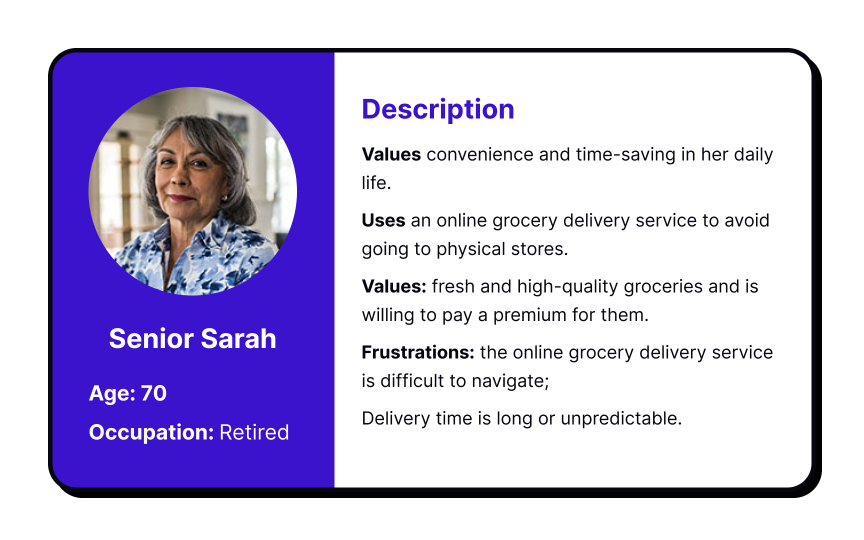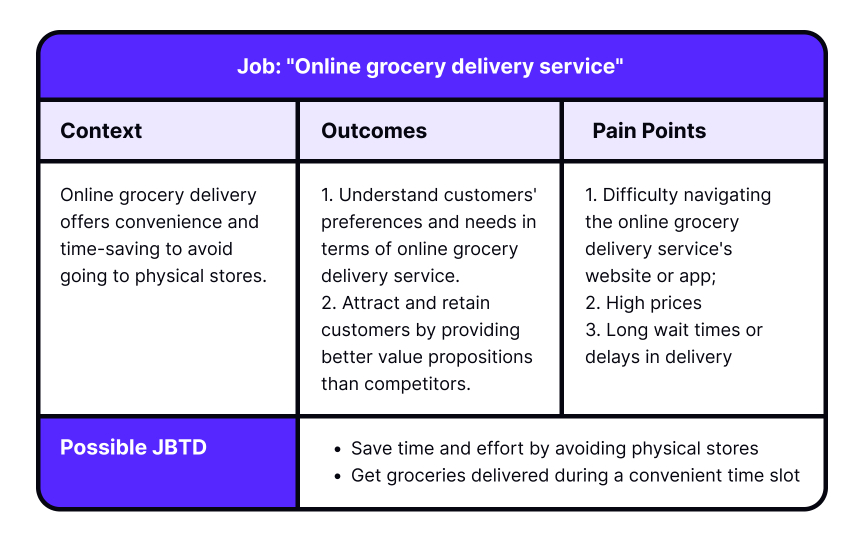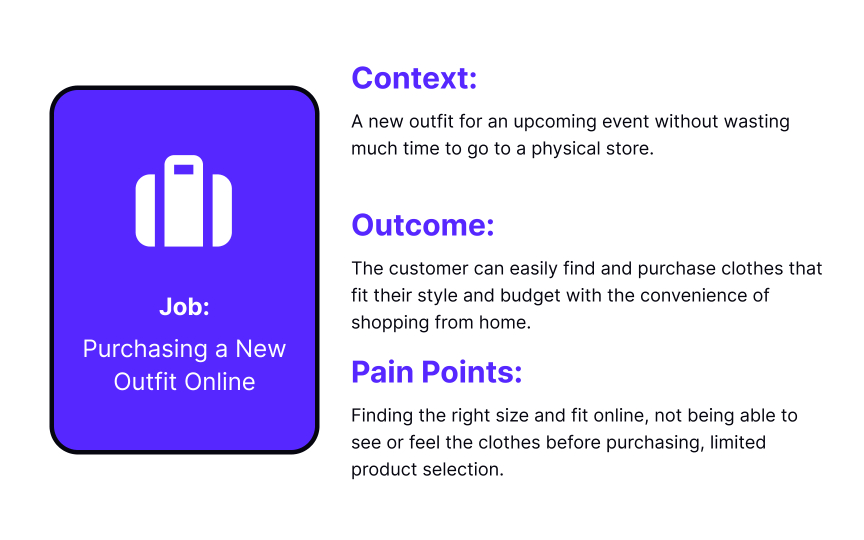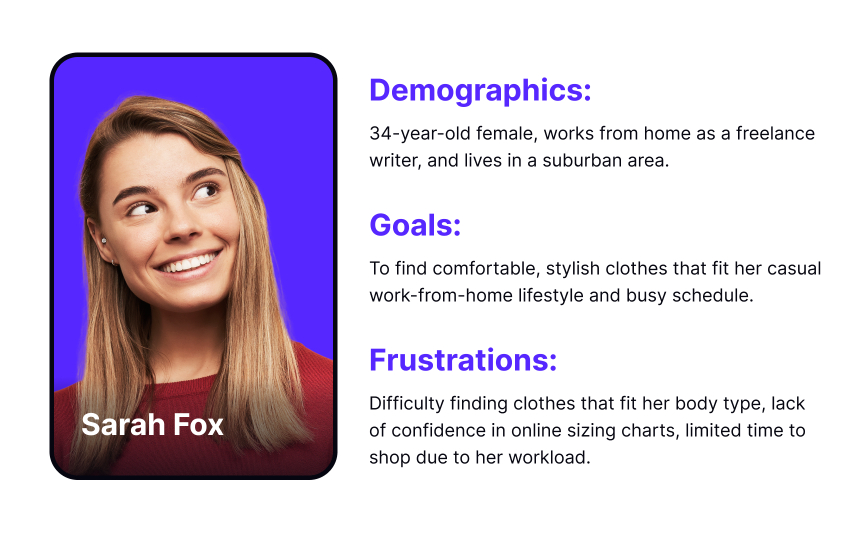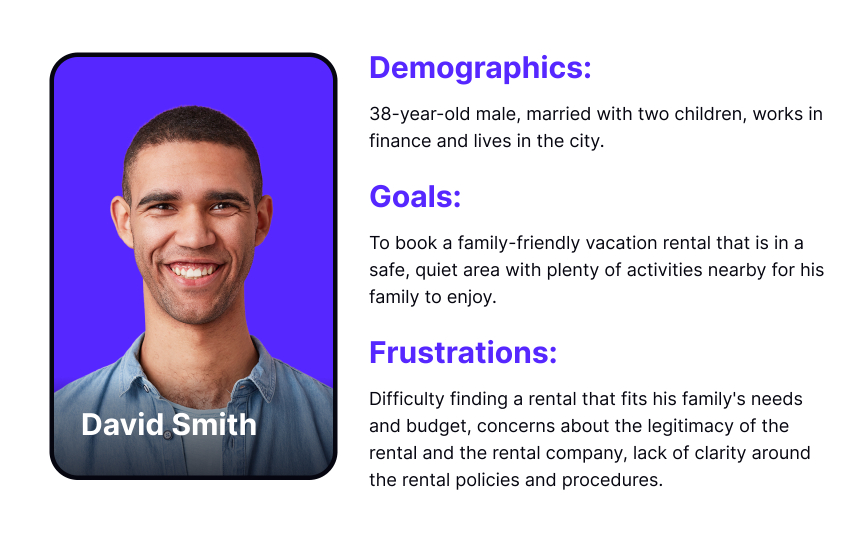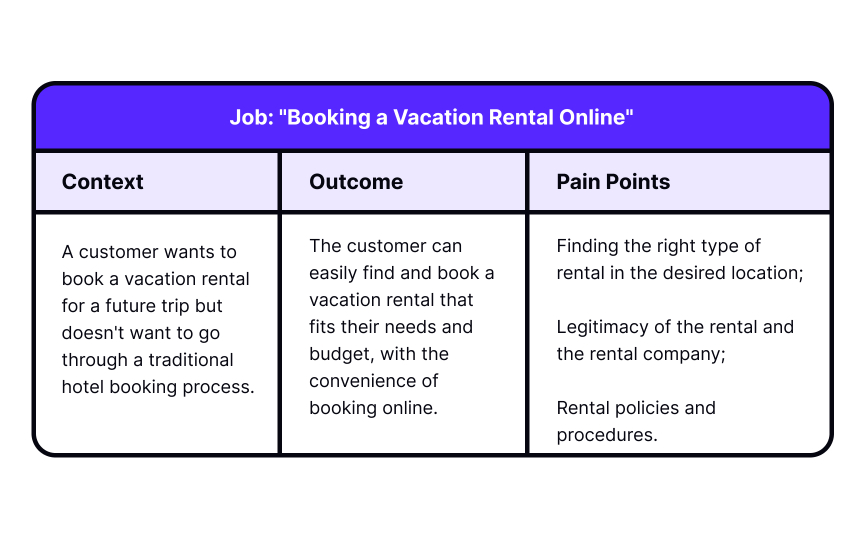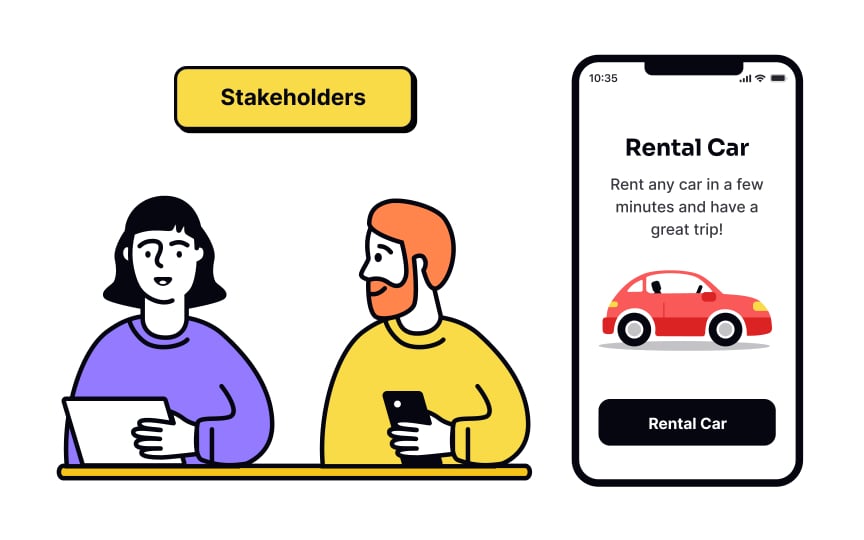Personas vs. Jobs to Be Done
Explore tools like personas and jobs to be done (JTBD) to empathize with users and craft delightful experiences
Service design happens around users, and personas and jobs to be done are two distinct but closely related approaches to understanding and addressing their needs. Personas focus on the "who," providing all-around fictional representations of the typical users of a product, while jobs to be done zero in on the "what" of customers' work, with their specific priorities and contexts.
When used together, they allow design teams to empathize with their users and craft experiences that are delightful, get users to their goals quickly, and have a competitive edge over the alternatives.
A persona is a fictional but realistic and rich representation of a typical user of a product or service, and it is used to understand the needs, goals, and behaviors of different types of users.
Role-based
Personas are a valuable tool for understanding and empathizing with your users and can help guide product and marketing decisions.
The jobs to be done (JTBD) technique is a framework that focuses on understanding the needs and motivations of customers by identifying the "jobs" they try to do when using a product or service. The JTBD framework consists of identifying a job, understanding the context in which it occurs, and determining the desired outcome and solution. It is based on the assumption that users "hire" products to accomplish their tasks and "fire" unsatisfactory products.[2]
Unlike
Team members can relate to
Personas are different from jobs to be done in that they provide details about users' deep motivations and feelings, making it easier to
Personas also include more information about the high-level context in which users are using products or services or facing issues. For example, if a persona describes users who are always on the go, team members can empathize with their need for mobile accessibility and work to develop a product that meets that need.
By creating relatable fictional representations of their users, team members can better understand their perspectives and develop products that work for them.
The jobs to be done (
As they understand the tasks and desired outcomes, product teams can directly address users' needs and create features that satisfy them.
By zeroing in on users' specific goals and uncovering their unmet needs, jobs to be done offer opportunities for building business innovation, making services more competitive, and improving their overall experiences.
Using both multiple personas and jobs to be done makes sense as they offer varied perspectives on users. A multifaceted approach captures the breadth of users' needs and goals, allowing teams to address a wider audience. For example, if a particularly significant job to be done, like "quick product search," is associated with multiple personas, it can be prioritized over other, less important functionalities.
While both tools are valuable, there's a key difference between using multiple personas and jobs to be done. Personas provide insights based on demographic or behavioral characteristics, helping teams understand unique user needs and
- Understanding customer needs: If the goal is to understand customer motivations, JTBD is the best fit. This method focuses on the tasks customers want to perform and their conditions, providing insights into their motivations and unmet needs.
- Crafting marketing campaigns: For targeted
marketing efforts, personas are ideal. These provide key characteristics of your audience, allowing you to tailor your campaigns to specific groups. - Guiding product development: If the goal is to guide product design, a mix of personas and JTBD works best. While personas highlight your audience's characteristics, JTBD sheds light on their tasks. This combination informs effective product development.
Choosing between using
On the other hand, personas use a blend of qualitative and quantitative data, including demographic details and usage stats, giving a broad view of user needs and behaviors. This method is more effective for refining the features of an established product based on user feedback.
In short, both personas and jobs to be done offer valuable insights into user needs. The choice between them hinges on data type, product stage, and
Choosing between
JTBD
On the other hand, persona research is quicker and requires fewer resources. It can use existing data or brief surveys to get an overview of user needs and behaviors. Teams might use website analytics or demographics surveys to create personas, representing different user groups based on their requirements, goals, and habits.
If a detailed understanding of user needs and requirements is crucial, jobs to be done are suitable. But for a broader comprehension of user needs, persona research is sufficient. Both personas and JTBD are vital for comprehending user needs, and the choice hinges on the available resources, the level of detail needed, and the specific research goals.
The decision between
In projects involving a diverse team, personas can be beneficial. They provide a relatable depiction of the user, helping align differing views towards one common goal.
In contrast, for teams focused on product development or innovation, jobs to be done might be more valuable. JTBD aids in identifying customers' unmet needs and problems, potentially inspiring new product ideas or enhancements to existing ones.
Ultimately, whether to use personas or jobs to be done will depend on the project's unique requirements and the team's objectives.
References
- Personas vs. Jobs-to-Be-Done | Nielsen Norman Group
- Personas vs. Jobs-to-Be-Done | Nielsen Norman Group
- Personas vs. Jobs-to-Be-Done | Nielsen Norman Group
